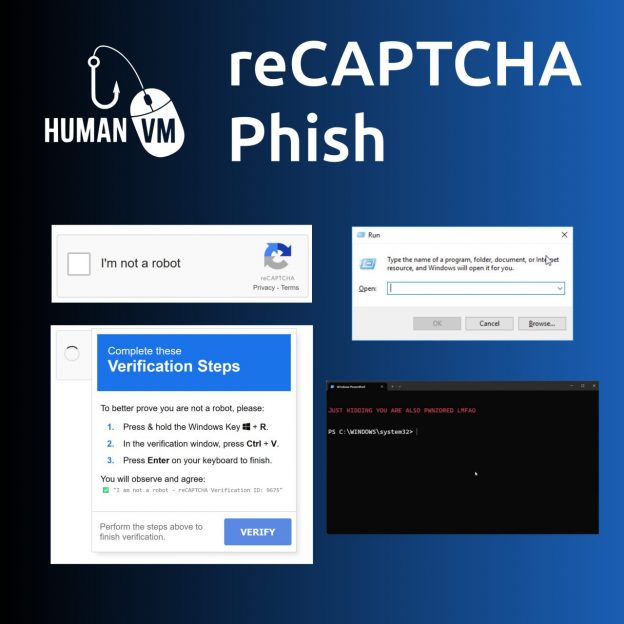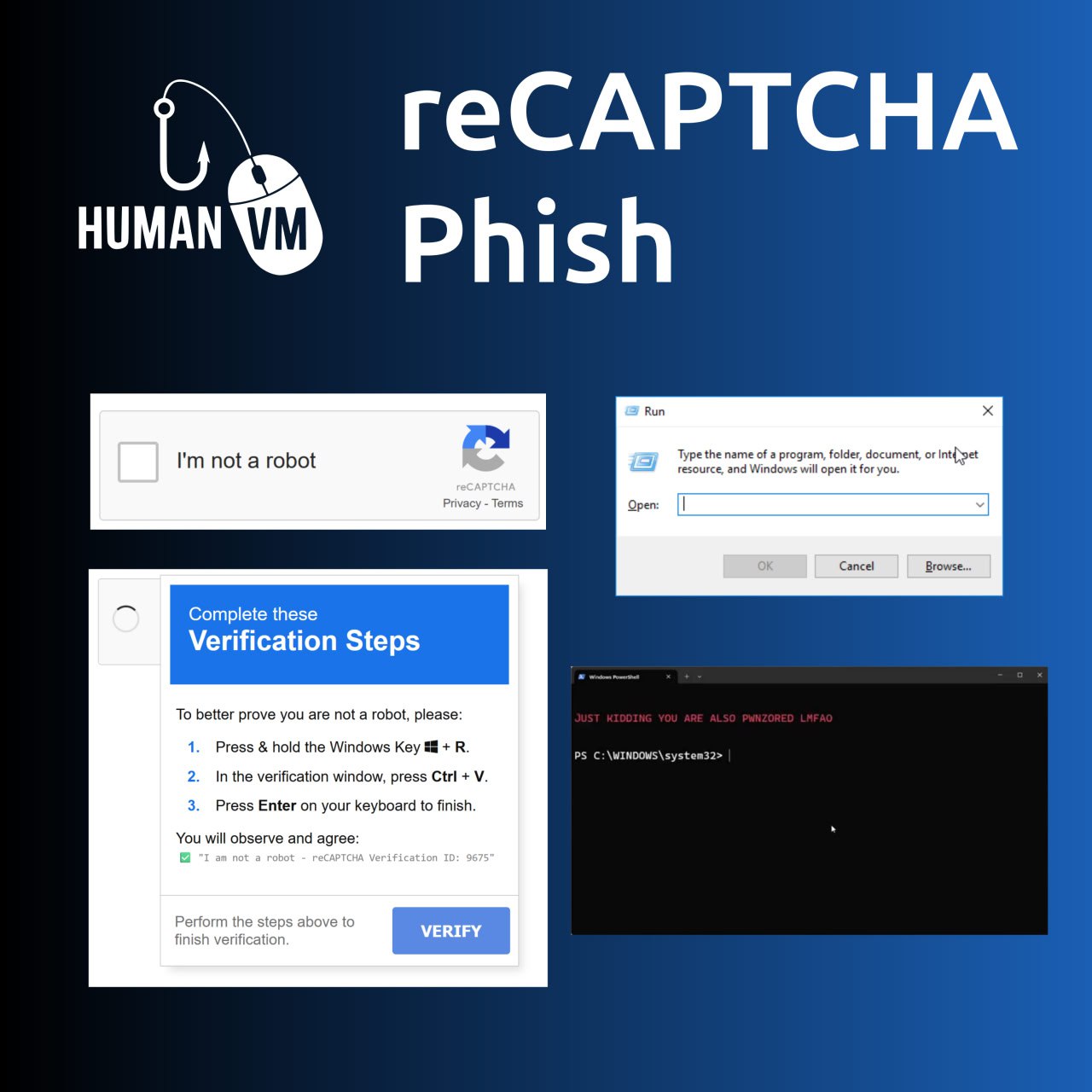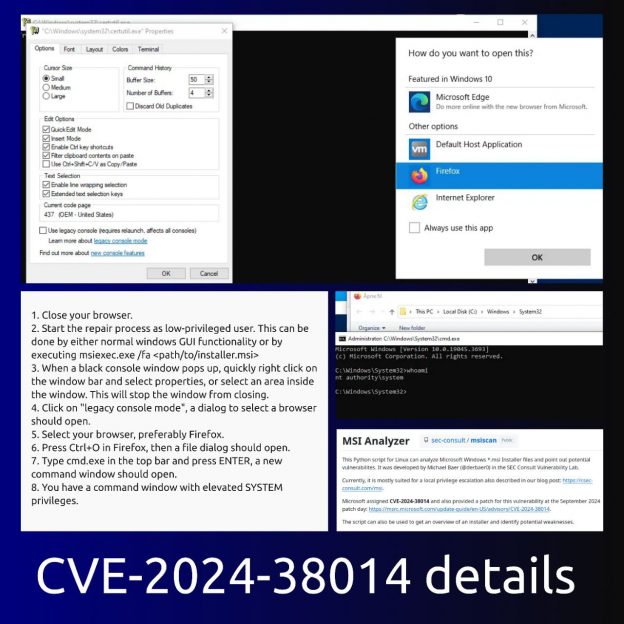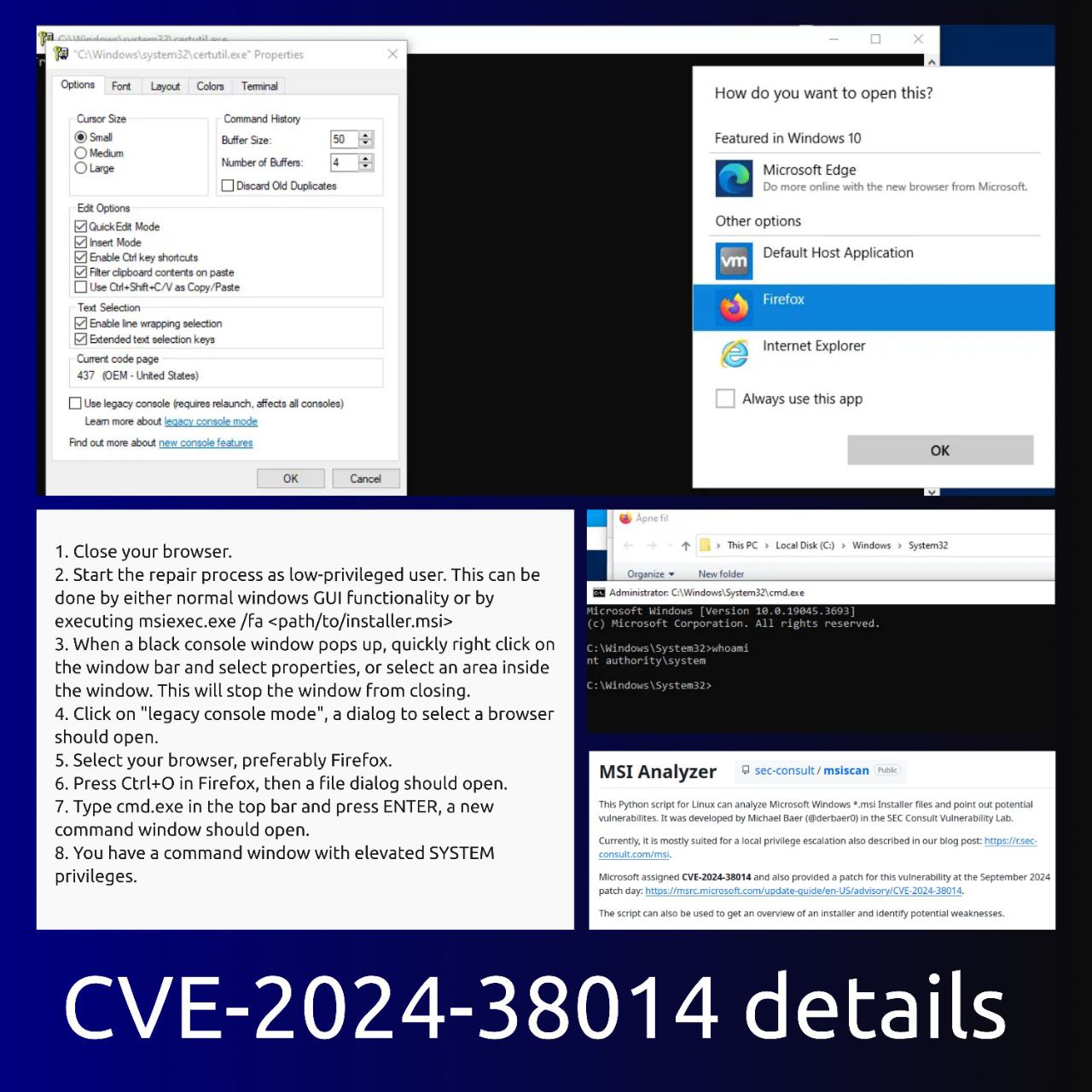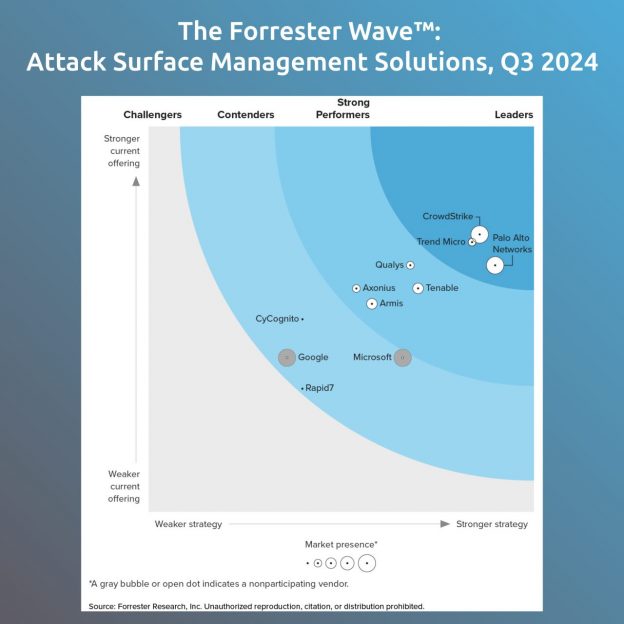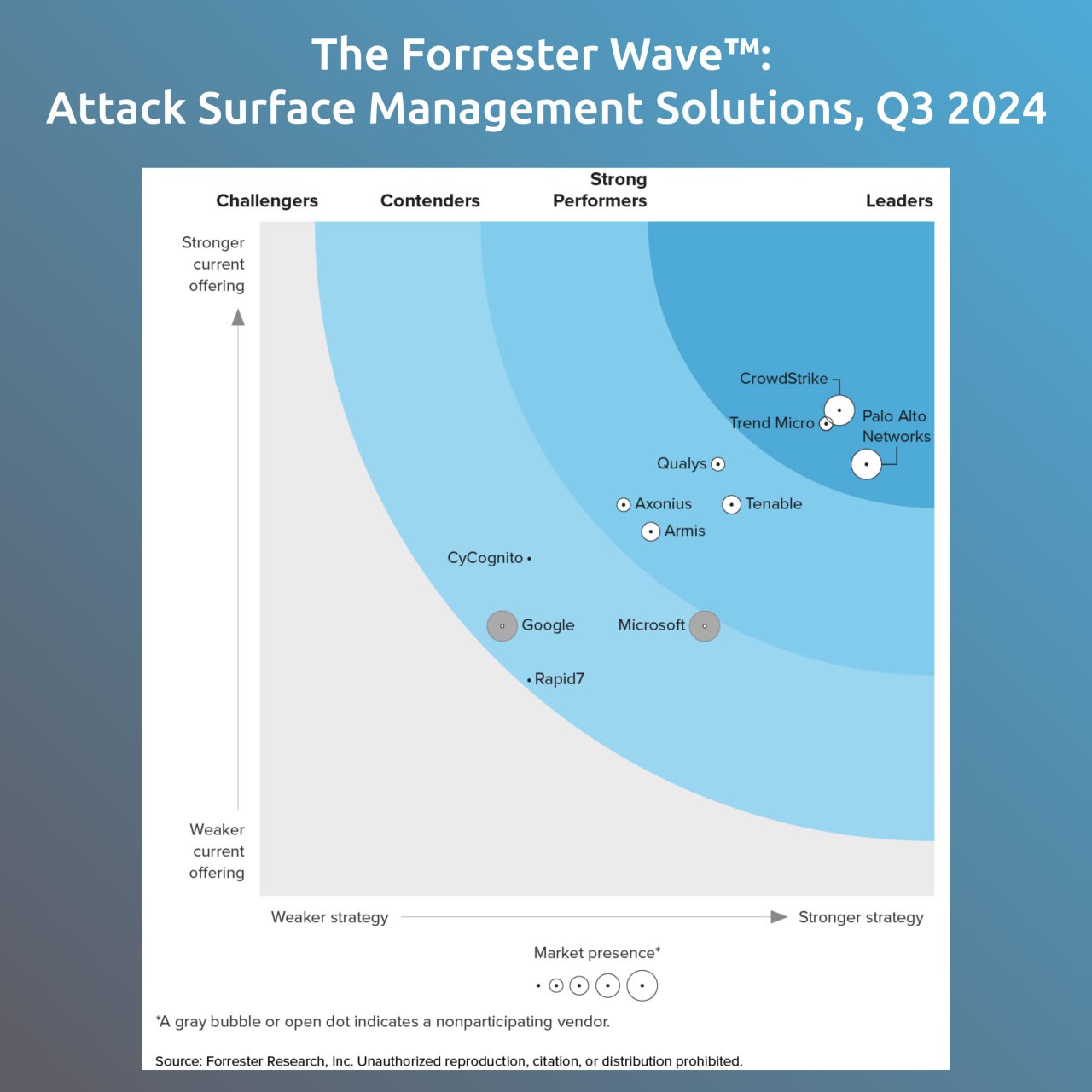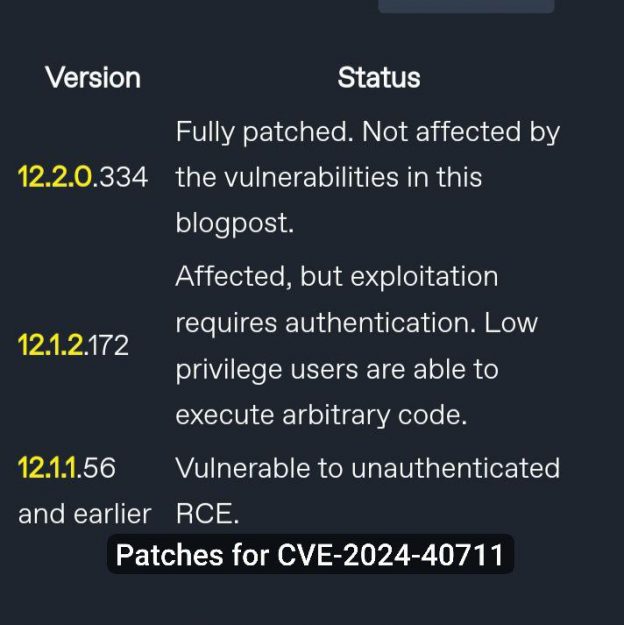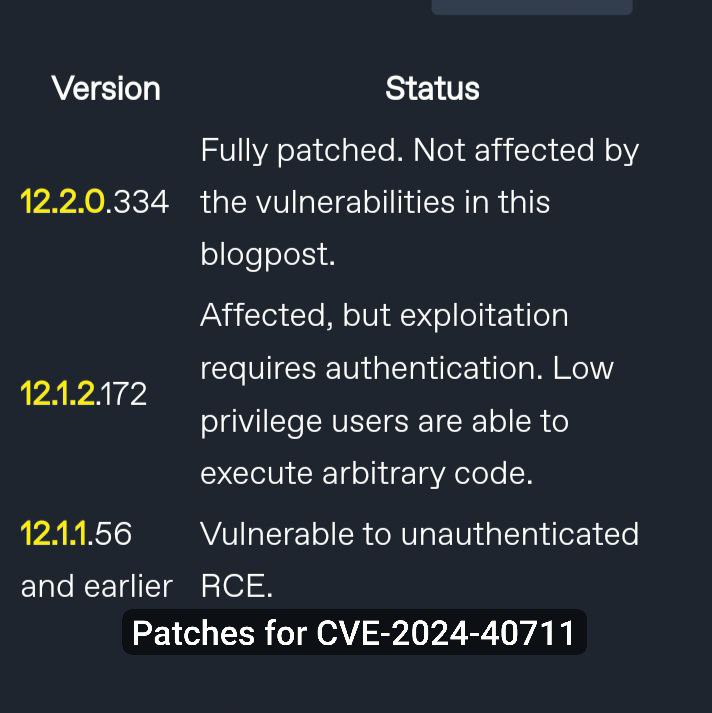
About SQL Injection – The Events Calendar plugin for WordPress (CVE-2024-8275) vulnerability. This plugin for WordPress CMS allows you to create event pages with search and filtering capabilities. The plugin is installed on more than 700,000 websites.
The plugin offers extensive customization options, including using individual plugin functions in your own code. One of these functions, tribe_has_next_event(), was found to have a SQL injection that allows an unauthenticated attacker to extract sensitive information from the website’s database. An exploit is available on GitHub.
❗️ The developers note that this function is not used by the plugin itself (“unused code”). Only sites that have manually added a tribe_has_next_event() call will be vulnerable.
If you are using WordPress with The Events Calendar plugin, check if there is some tricky customization using this vulnerable function and update to v.6.6.4.1 and above.


